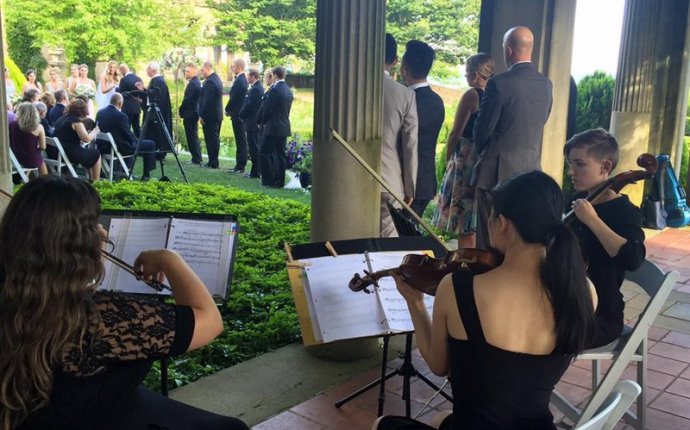
17th century classical music
 [Princess Anne of Hanover]
[Princess Anne of Hanover]
Who were the composers in this musically difficult period?
[Jan Pieterszoon Sweelinck]
- Jan Pieterszoon Sweelinck (1562 – 1621). This Amsterdam organist and composer straddled the end of the Renaissance and beginning of the Baroque. He was one of the first major keyboard composers of Europe, and his work as a teacher helped establish the north German organ tradition. Sweelinck was the last great polyphonist and known as "the Orpheus of Amsterdam." His pupils include B. J. Praetorius jr., S. Scheidt and H. Scheidemann. But Sweelinck did not manage to establish his own "school" in the anti-musical Netherlands. Sweelinck wrote about 70 keyboard pieces and 250 vocal works. Sweelinck was his whole life employed as organist in Amsterdam; he was also famous as an improvisor. His complete works are available on CD – the keyboard works for example played by Ton Koopman.
[Sweelinck, Keyboard Music, played by Ton Koopman on Philips] - (ca. 1590-1657) was a carillon player, organist, recorder virtuoso and composer. His most important work was Der Fluyten Lust-hof (The Flute's Garden of Delights, 1644-1656), a collection of 140 melodies, each with a number of variations, for solo soprano recorder. There are folk songs, dance tunes and church works. As carillon player, Van Eyck worked with the brothers François & Pierre Hemony, immigrants from France, who were internationally renowned bell founders based in Amsterdam.
[Jacob van Eyck, Der Fluyten Lust-hof, played by Erik Bosgraaf, Brilliant Classics] - Constantijn Huygens (1596-1687) was scientist, writer, composer and diplomat. He was secretary to the Stadtholders of Orange and knew the great thinkers and artists of his time, such as René Descartes and John Donne. As composer he wrote small, intimate pieces (mainly songs); he is also known for a treatise on the organ. He played the lute, theorbo, viola da gamba and the harpsichord and left about 800 compositions. He was the father of the natural scientist and mathematician Christiaan Huygens.
- Anthoni van Noordt (ca. 1619 – 1675) was a Dutch composer and organist, a disciple of Sweelinck. His Tabulatuur-boeck van psalmen en fantasyen (Amsterdam, 1659) contains ten psalms with variations and six fugal fantasies. His work displays great contrapuntal mastery.
- David Petersen (ca. 1650-1737) was a violinist and composer of north German origin active in the Netherlands. Around 1680, he moved to Amsterdam, where he worked for the rest of his life. Besides a great number of songs in Dutch composed between 1694 and 1715, he is in the first place known for his collection of twelve sonatas for violin and basso continuo published in 1683 entitled "Speelstukken." It is the only Dutch publication of its type in this period. Inspiration came probably from north German composers as Johann Jakob Walther.
[David petersen, Speelstukken, played by Manfredo Kraemer and The Rare Fruits Council on Astree] - Johannes Schenck (1660 - after 1720) was born in Amsterdam from German parents and became an internationally famous virtuoso viola da gamba...
Source: splendidlabyrinths.blogspot.com









